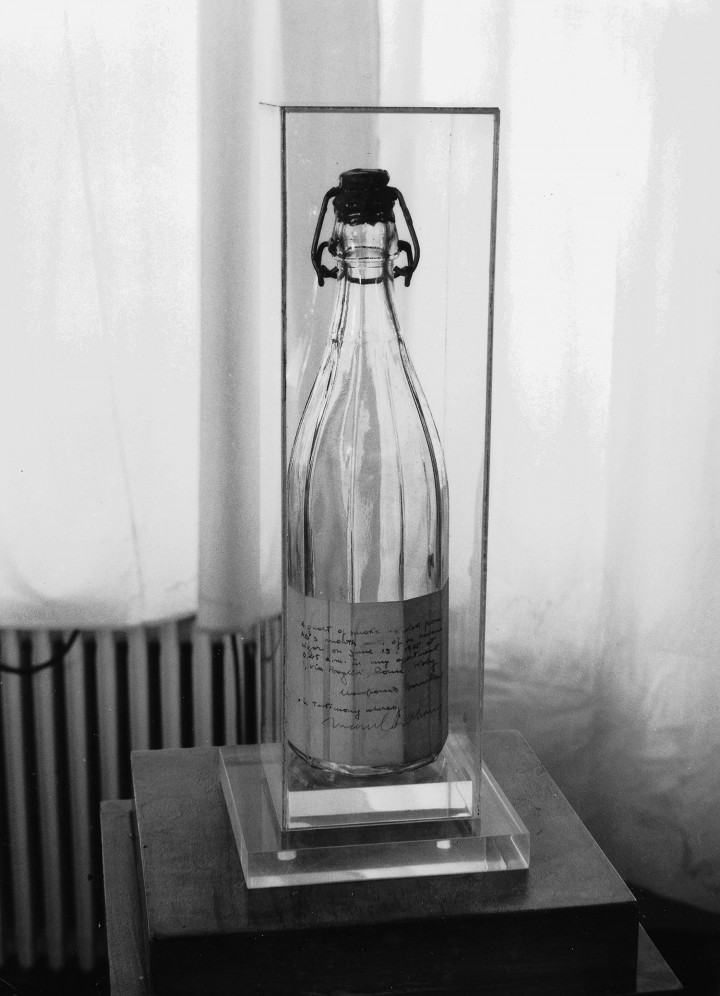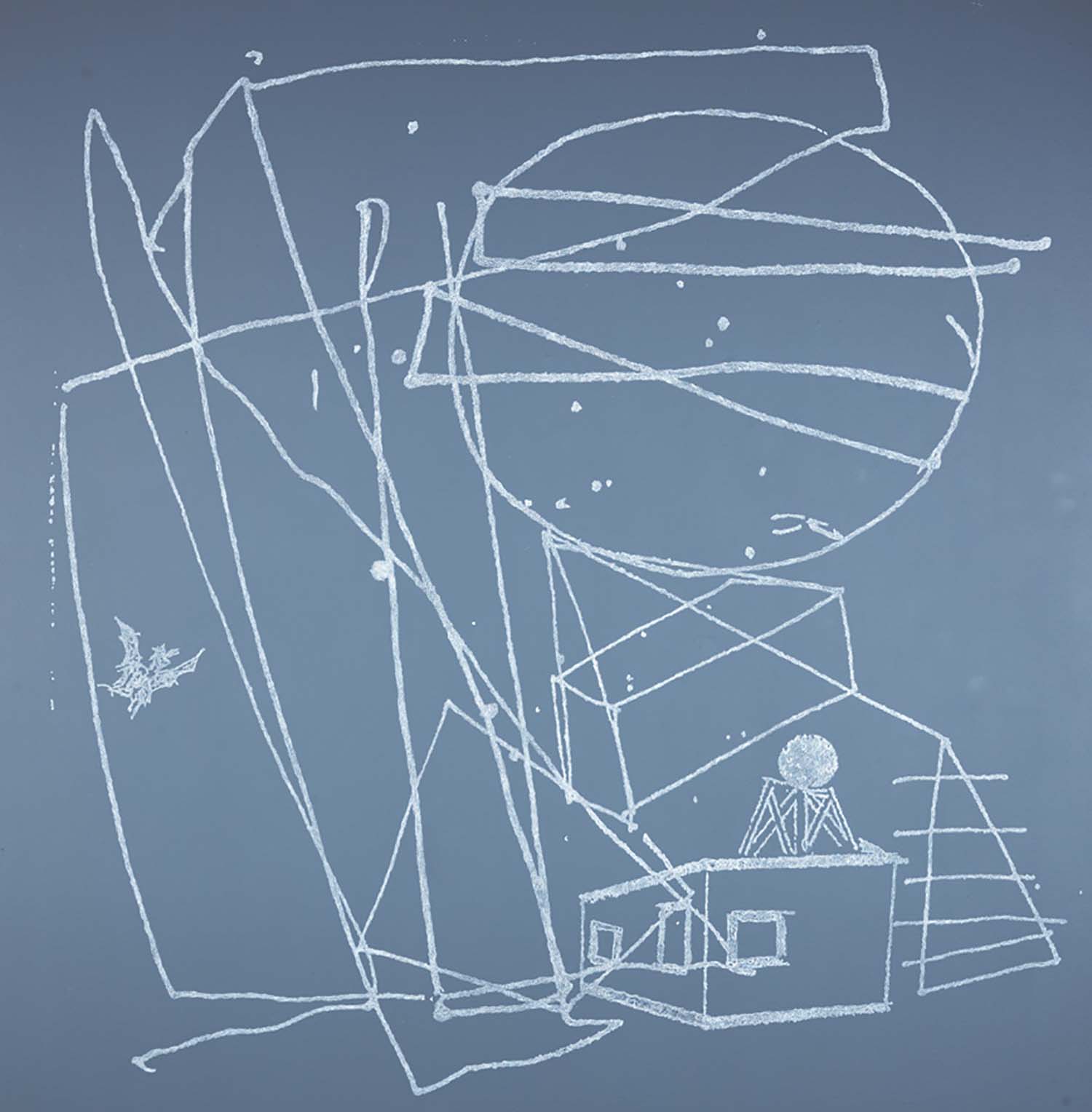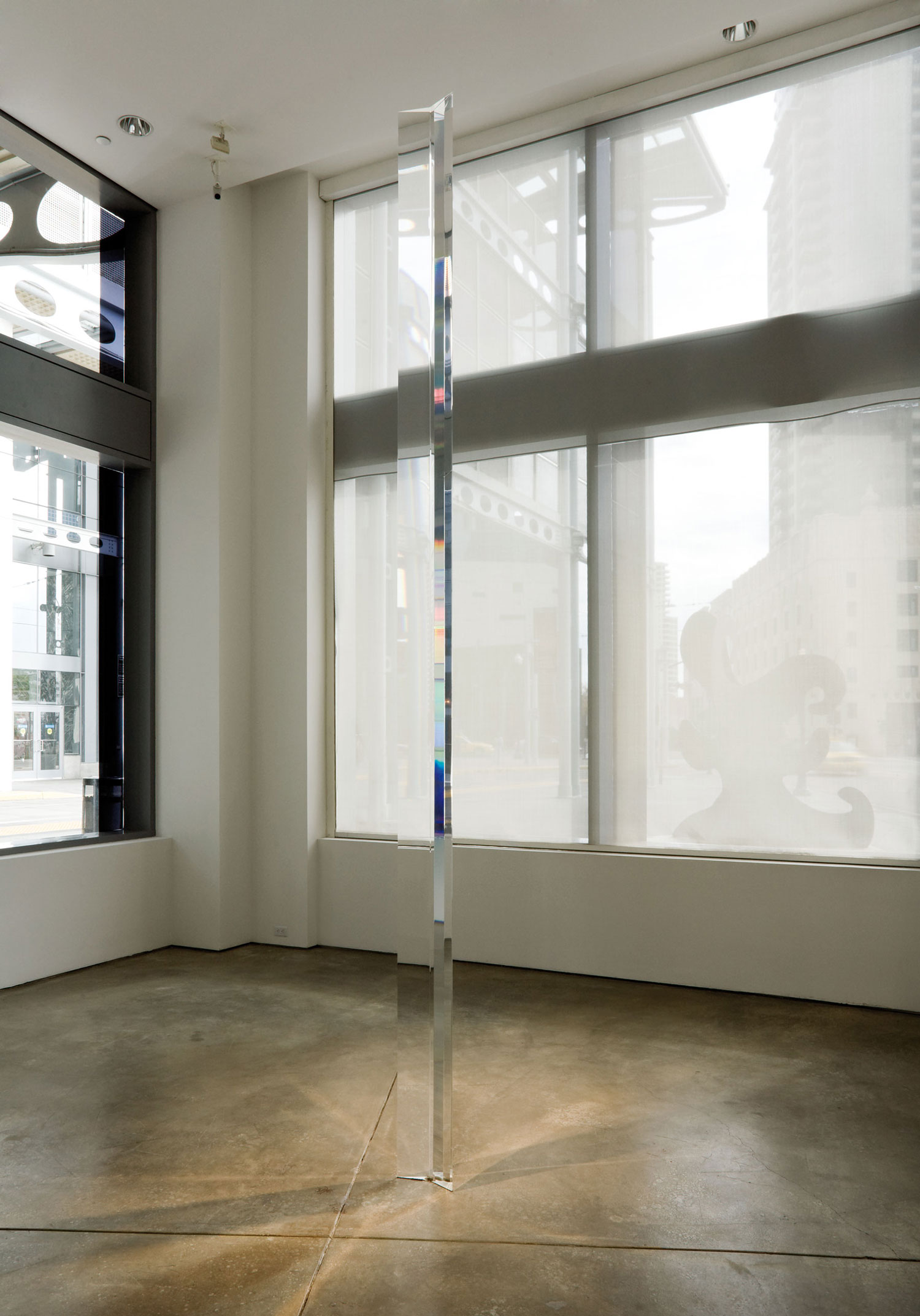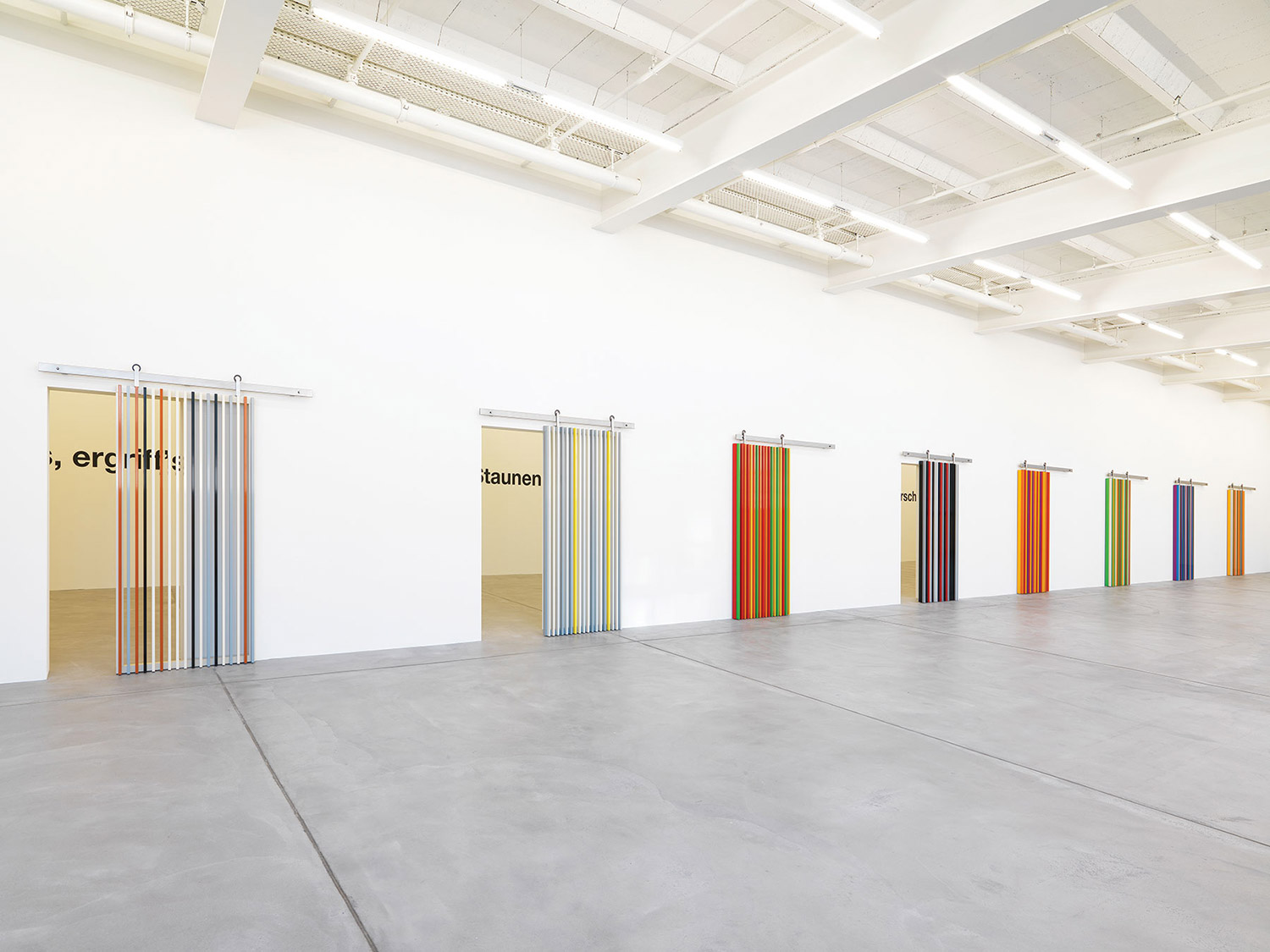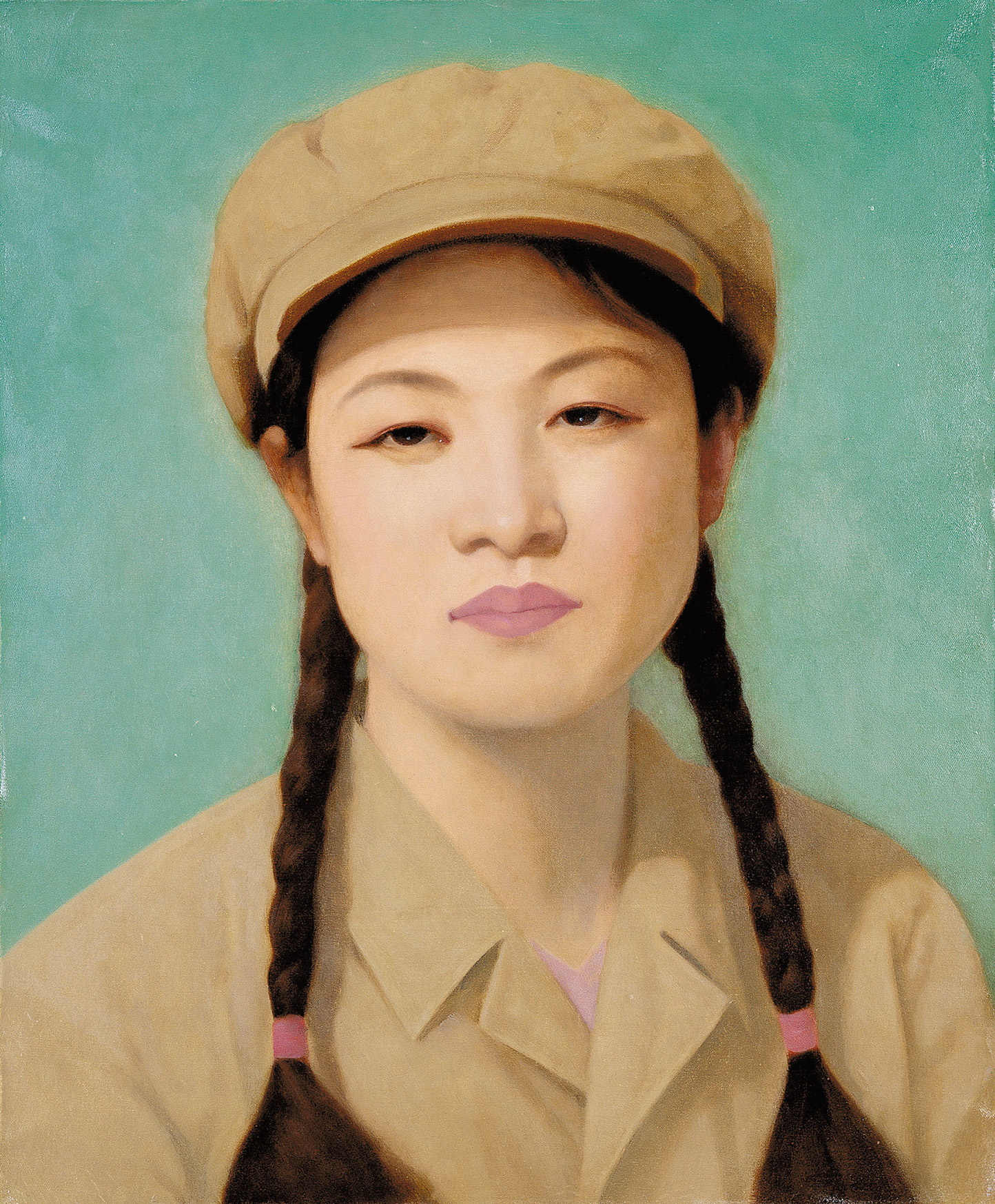
Angelo Capasso: Hypothalamic Brainstorming, is the work that you chose for your participation in dOCUMENTA (13). The hypothalamus is a structure in the central nervous system, associated with control over emotions, moods and sexual behavior. Is this specific to Documenta?
Gianfranco Baruchello: I chose a work from 1962, featuring images and words that have not disappeared from my language, and that are connected with what I still think about the mind’s imagining function. The processes of the mind (perceiving, imagining, producing hypotheses) require abandoning stereotypes, overturning conventional logic, putting an end to the system of cause and effect. A new horizon to explore had to comprise that which remains excluded from traditional logic. Processes of the mind can be rethought by reconsidering the arbitrary, the analogous, the ambiguous and the eccentric — all physical and mental excesses. The design of a possible mind was born for me during those years, at the crossroads between history and the quest for a personal language.
AC: Can you give me a more precise description of the work?
GB:We start on the right, from a schematic image of a brain divided into two arbitrary hemispheres: one positive and one negative — not in opposition, but as elements of a resolvable contradiction. There is also an arrow indicating a direction — to the left — but immediately after, the orientations grow complicated and there are many possible routes to take. Whether to follow the broken or unbroken lines of the drawing depends on the viewer. I consider this large drawing on paper mounted to canvas of no particular value. But future work was conceptually derived from this map.

AC: You often speak of the possible. Can you define it for me?
GB:The possible is first of all the thinkable. It is perception at birth, the search for the NAME, the IMAGE and their attribution. The possible is also born through recovery of indistinctness, uncertainty, error, the analogous — putting all this back in play to imagine a process of the mind that begins from the void. This is why I spoke of the hypothalamus as a terminal for the flow of animal energy that begins to rise again from the viscera. All this is to be placed beyond the suffering and awareness of pain that history has acquainted us with. These are things that I still think today. What was “possible” for me in 1962 other than the mental condition that Duchamp describes as “sans le moindre grain d’étique, d’esthétique et de métaphisique”?
AC: Agricola Cornelia S.p.A. (1973) was seen as a way of responding to Land Art. What was it to you?
GB: Agricola Cornelia was a project that linked farming to art, by comparing their respective products’ exchange value and use value. For seven years, until 1981, I farmed occupied lands; I had the experience of domestic-scale animal husbandry, milk production and sheep herding. This complex operation sought to understand the dynamics that define the “cost” of an artwork and a farm product, in relation to the mechanisms of market, success and exposure in regard to art, and those of consumption, need and sale for the farm product.
AC: Fondazione Baruchello came into being in 1998, in the same place where you had done Agricola Cornelia.
GB: The Foundation was created by the donation of my assets to an institution dedicated to experimenting with both ideas and projects for art: a sort of think tank for the contemporary world.

AC: One of your most recent installations, presented to the Camere exhibition by RAM in Rome, is entitled Psicogim. You designed a gym, “to exercise the mind,” staged with gym equipment, objects and photographs. Is it related to Hypothalamic brainstorming?
GB: As we enter Psicogim we see a photograph of the 186-step staircase at Mauthausen as prisoners, each bent underneath a load of heavy stone, walk upon it; to the left is a bench for hanging personal objects. The gym objects consist of a mobile mat, to be used while looking at oneself in a mirror, and a heavy punching bag. Among these objects, I inserted an armchair for sitting down, and a series of photos taken from current and past events that show the brutality of evil. Another table brings together a series of wristwatch ads all showing 10:10, an ironic look at an advertising stereotype from that time. Completing the room are several books (Dante and Boccaccio), surfaces to be stroked with your fingers, odors to smell and flavors to taste. A text written by me offers an example of the possible use of the environment.

